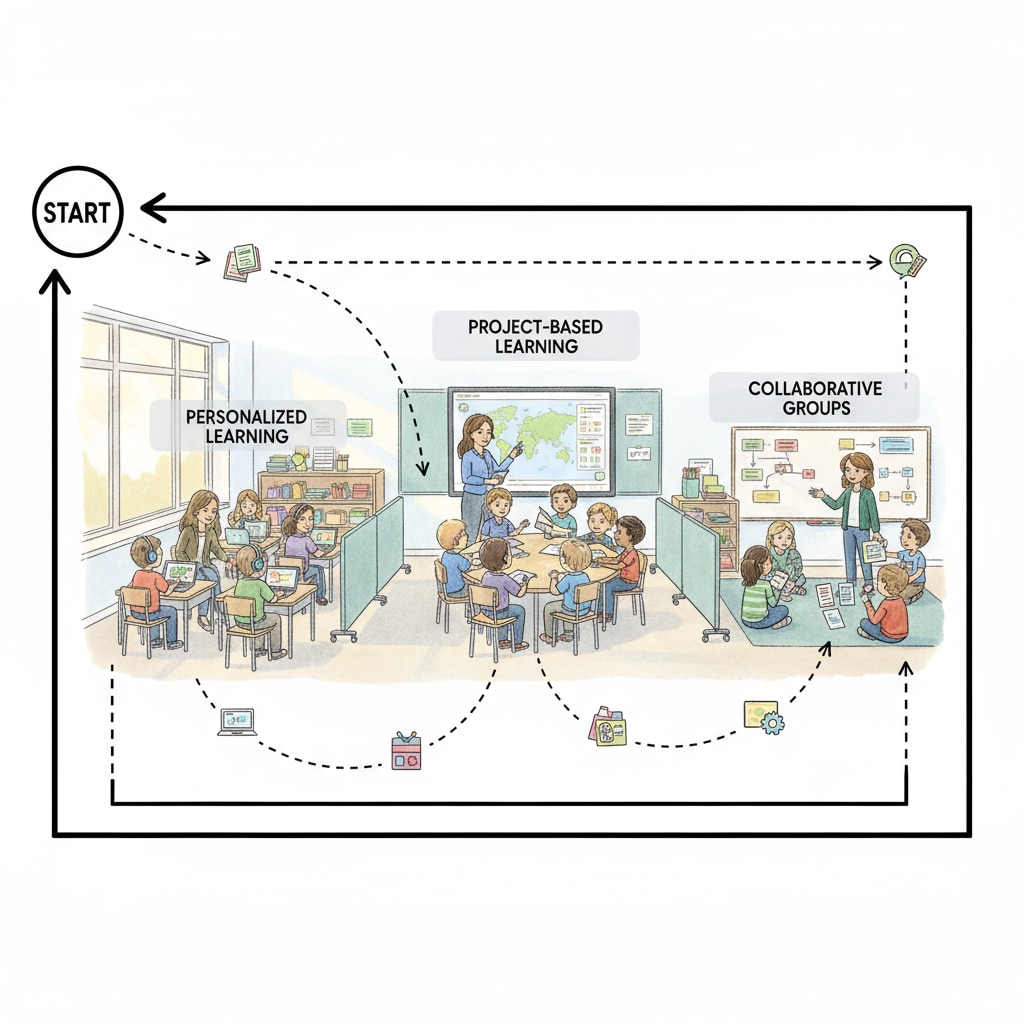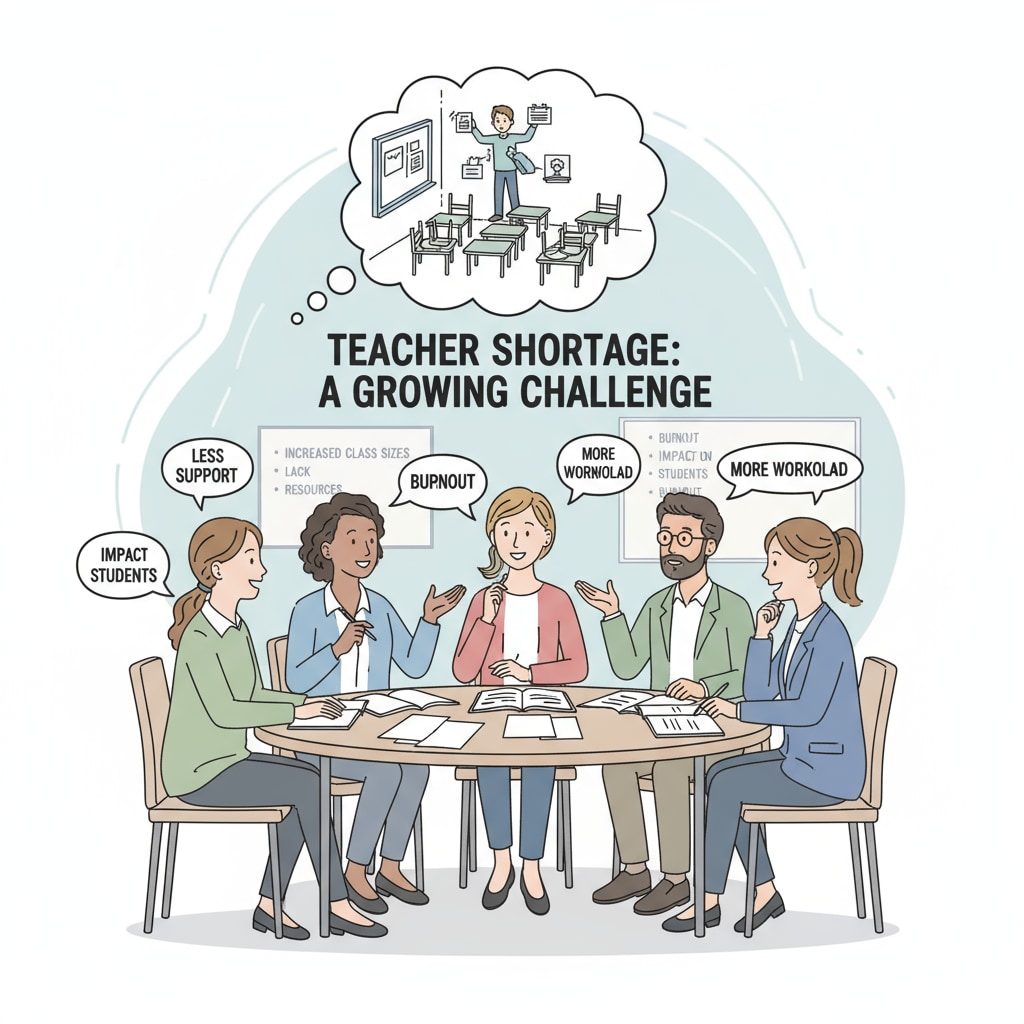In the realm of K12 education, the issues of student streaming, teacher shortage, and mathematics education are intertwined in complex ways. Student streaming, especially of high-risk students, has long been a controversial topic, and its relationship with the ongoing teacher shortage crisis demands in-depth exploration.

The Current State of Student Streaming
The existing student streaming system in many K12 educational institutions is often criticized for its inequality. High-risk students, those who may be struggling academically, behaviorally, or socially, are often segregated into specific groups. This separation is intended to provide them with targeted support. However, in reality, it has led to a situation where these students receive fewer resources. For example, they may be taught by less experienced teachers or have access to outdated teaching materials. According to Education inequality on Wikipedia, this inequality in streaming can perpetuate educational disparities among students.
The Impact on Teacher Shortage
The current student streaming system also has a significant impact on teacher shortage. When high-risk students are grouped together, it creates a perception that teaching these groups is more challenging. As a result, many experienced teachers are reluctant to take on these classes. This leads to a situation where schools often struggle to find enough qualified teachers for these high-risk groups. In addition, the stress associated with teaching high-risk students can cause some teachers to leave the profession prematurely. A study on Teacher shortage on Britannica has shown that the distribution of teaching loads due to streaming plays a role in the overall teacher shortage issue.

The Potential of Canceling Student Streaming
Canceling high-risk student streaming could bring several opportunities. Firstly, it could promote educational equity. By integrating high-risk students into regular classrooms, they would have access to the same quality of education as their peers. This could also reduce the stigma associated with being labeled a high-risk student. Secondly, it might alleviate the teacher shortage issue. With a more balanced distribution of students, teachers may feel less overwhelmed, and the teaching profession could become more attractive. However, this also brings challenges. Teachers may need additional training to handle the diverse needs of students in a unified classroom.
In conclusion, the relationship between student streaming, teacher shortage, and mathematics education is complex. While canceling high-risk student streaming has the potential to address some of the teacher shortage issues and promote educational fairness, it requires careful planning and support. We need to find strategies that balance educational equity and the optimization of teacher resources to ensure a better future for all students in the K12 education system. Readability guidance: As seen above, we’ve used short paragraphs to present ideas clearly. Each section has a focused list of points. Passive voice is minimized, and transition words like ‘however’, ‘firstly’,’secondly’ are used to enhance flow.


